False Turnip Caterpillar (Athalia colibri): [Characteristics, Detection, Effects and Treatment]
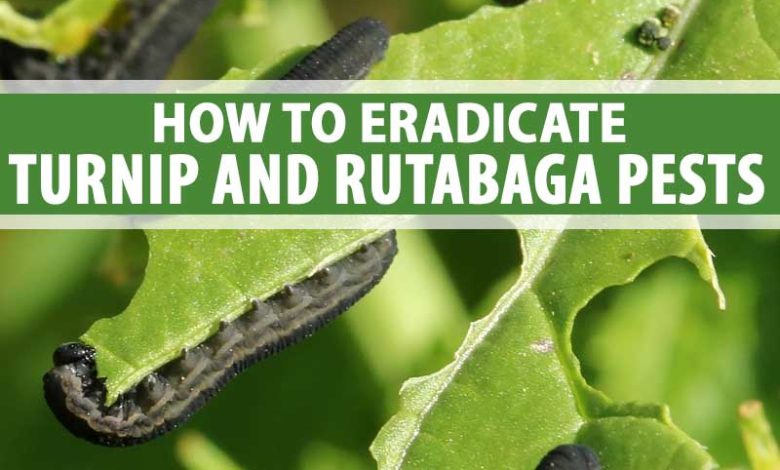
What is the false turnip caterpillar?
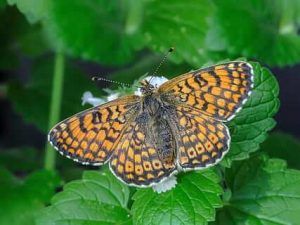 The so-called false turnip caterpillar, with the scientific name Athalia colibri, is a hymenopteran insect that in its larval stage is very efficient at invading all cultivated cruciferous plants, as well as spontaneous ones, causing great damage to plantations of cabbages, radishes, turnips, among other.
The so-called false turnip caterpillar, with the scientific name Athalia colibri, is a hymenopteran insect that in its larval stage is very efficient at invading all cultivated cruciferous plants, as well as spontaneous ones, causing great damage to plantations of cabbages, radishes, turnips, among other.
But the attack on the leaves can be especially devastating in plantations of turnips, a root vegetable, a situation that can be especially exacerbated in the summer, between the months of September and October, when the second generation of this pest is very active..
How can we identify it?
- It manifests itself in the form of a caterpillar that can roll up when it falls to the ground. It is usually between 16-25 mm long. Its skin is wrinkled and full of small taste buds. When newly hatched they are light gray to light green in color, but as adults they then change color and vary in shades from dark green to black and gray on the ventral side, with a black head capsule, 7 pairs of ventral false legs and an anal pair
- The caterpillar invades the leaves when it behaves like a plague, becoming very visible, because it attacks them massively, although it respects their nerve or nerve system. The eggs are laid on the edge of a leaf.
- Adult specimens are elongated, similar to a fly, yellowish to caramel orange and black.
- The head, the sides of the thorax and the antennae are usually black, so they contrast with the rest of the body and the wings are transparent and membranous, with a dark front edge.
- In winter, they live underground, but emerge as an adult of a dimension that ranges between 6-8 mm, between May and June, mating the same day they see the light.
- But with the help of the wind, they can make long migratory flights.
- The male adult is smaller than the female, which immediately begins to cut the leaves with its oviscapt and saw teeth, and then deposits its eggs, one by one, in perfectly designed cubicles and placed on young, tender leaves.
- A female reaches a fertility that allows her to lay around 300 eggs in her lifetime.
- The eggs have an embryonic development of around 6-8 days and the unfertilized eggs produce male larvae.
- The pupation phase occurs after 10-13 days in the upper layers of the soil, in a cocoon located between 1-5 cm deep.
- The last larval stage hibernates in an underground cocoon, to protect itself from the cold.
- There can be up to 3 generations each year, as long as it has favorable weather conditions.
- Between July-August the second generation will be crucial. They lay their eggs on cultivated plants and forage plants.
What plants does the false caterpillar of turnips affect?
 The Athalia colibri especially attacks any variety of Turnip crops, even from the birth stage of the bush, so they should not be allowed to advance, because they are also capable of reproducing quickly.
The Athalia colibri especially attacks any variety of Turnip crops, even from the birth stage of the bush, so they should not be allowed to advance, because they are also capable of reproducing quickly.
The young larvae are responsible for perforating the lower part of the leaves, while the older or older ones, which already have a dark appearance, always gnaw the leaves from the lower part and the edge, leaving only the veins or nerves in good condition. condition.
In species such as white mustard (Sinapis alba) the attack of the adult larva has a more aggressive behavior because they also devour the pods.If the shoot gains strength and becomes a pest, then they will cause complete defoliation, leaving the plant in a dilapidated state.
This species has spread from Europe, to the Far East. But it has also reached South Africa and North America.
How to combat the false caterpillar of turnips?
There are several preventive methods that avoid pests and diseases typical of this undemanding crop. Let’s see some recommendations that will keep the turnip planting healthy.
topsoil layer
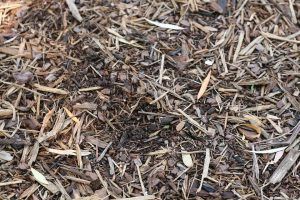 A good way is to add a lot of mulch. A layer of about 2 inches, equivalent to 5 cm around the Turnips will be more than enough to give them a lot of strength when the plant already has an estimated height of 12 cm.
A good way is to add a lot of mulch. A layer of about 2 inches, equivalent to 5 cm around the Turnips will be more than enough to give them a lot of strength when the plant already has an estimated height of 12 cm.
Why? Mulch is very good at holding in moisture, which promotes good growth and excellent flavor from future turnips.
Elimination of weeds and infested plants
It is also good to prevent weeds from proliferating, eliminate weeds that attract all kinds of bugs, not just the Athalia colibri. And if a plant undermined by the plague is discovered, either by this false caterpillar or other bugs, it is necessary to extract the entire plant, not to prune it.
You have to remove it by the roots, remove it from the root and burn it, because this way you prevent the infestation from advancing.That is why it is always advisable to make visual inspections of the leaves and the base of the stems.
Crop rotation
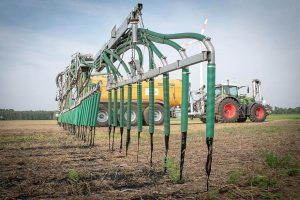 Another wise preventative measure is to practice crop rotation, especially when planting directly into the ground where rutabagas and radishes were the year before.
Another wise preventative measure is to practice crop rotation, especially when planting directly into the ground where rutabagas and radishes were the year before.
This must be done to prevent rootworms from taking advantage of the occasion and causing new infections in newly planted and transplanted turnip plants.
traps
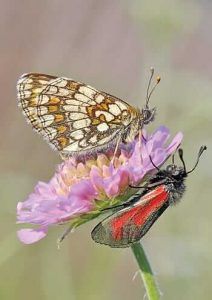 All species of caterpillars, not just Athalia colibri, tend to react quickly to pheromone traps and light traps.
All species of caterpillars, not just Athalia colibri, tend to react quickly to pheromone traps and light traps.
All supplies must be purchased for pheromone traps in specialized stores and there are also many types of containers and products that stir up the sexual desire of the species, easily capturing males to prevent reproduction, thus stopping their advance.
Likewise, a glued tape (there are several brands on the market) about 5 meters long is effective, which can be placed on the stem where caterpillars and other annoying insects, such as aphids, climb.
It has the advantage that it is impregnated with a glue that resists water and does not contain active agents.
What are the best products to eliminate the false caterpillar of turnips?
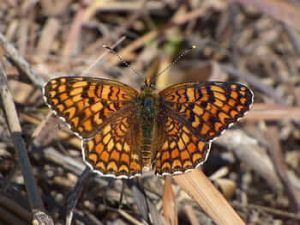 In fact, it is very unwise to regularly use chemical products to combat pests in this type of crop, because it is very difficult to prevent the poison from entering the turnip itself, which obviously prevents its commercialization for human consumption.
In fact, it is very unwise to regularly use chemical products to combat pests in this type of crop, because it is very difficult to prevent the poison from entering the turnip itself, which obviously prevents its commercialization for human consumption.
But if the pest has advanced and threatens the stability of the entire crop, then a single application of a herbicide containing trichlorfon and pyrethrins as active ingredients must be made to exterminate the invader.

![Photo of Green Tea Plant: [Cultivation, Irrigation, Substrate, Pests and Diseases]](https://www.complete-gardening.com/wp-content/uploads/2022/08/green-tea-plant-cultivation-irrigation-substrate-pests-and-diseases-390x220.jpg)
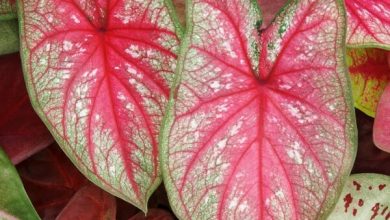
![Photo of Viburnum Opulus: [Planting, Care, Irrigation, Substrate and Pests]](https://www.complete-gardening.com/wp-content/uploads/2022/08/viburnum-opulus-planting-care-irrigation-substrate-and-pests-390x220.jpg)
![Photo of Complete Guide on How to Grow Vanilla: [Steps + Images]](https://www.complete-gardening.com/wp-content/uploads/2022/08/complete-guide-on-how-to-grow-vanilla-steps-images-390x220.jpg)